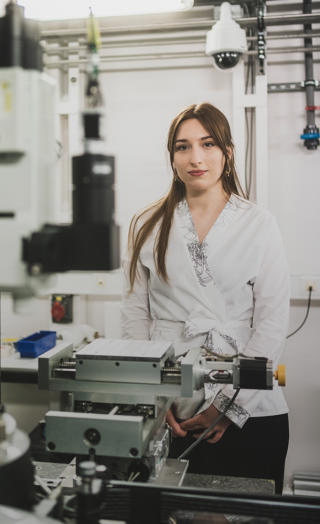Growing up in a country which was being rebuilt after years of war destruction, I learned how important restoration and conservation is. It also taught me how preservation of cultural heritage is intrinsically linked to who we are, and as such, it can be the crucial link in our attempts to bridge divisions in war-torn societies.
Another reason that led me to a bachelor’s in conservation was the fact that I was very good in both scientific and artistic disciplines. While dealing with different degradation phenomena and ageing of paintings during my studies, as well as during a traineeship at the National Gallery of Bosnia and Herzegovina, I became more interested in learning about the many chemical and physical processes that occurred on painted layers over time. Therefore, I started a master’s in conservation science at Ca’ Foscari University of Venice. I then continued specialising in heritage science through a traineeship in the Kunsthistorisches Museum in Vienna.
When I discovered the PhD opportunity to study how driers affect drying processes with the aid of world’s most advanced materials investigation techniques and with Rijksmuseum and AkzoNobel as partners, I realised that this project would be the perfect continuation of my academic efforts. So I went for it and here I am, living my dream, studying from world renowned experts, feeling more motivated than ever and completely integrated, even if I’ve just been here for a couple of weeks.
I would like to help developing cultural heritage science field in my country, Bosnia and Herzegovina. I’d like to give back and contribute by transferring my knowledge to the young generations that may want to follow the same path as me.

